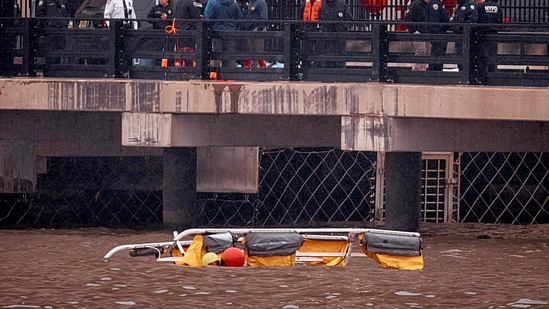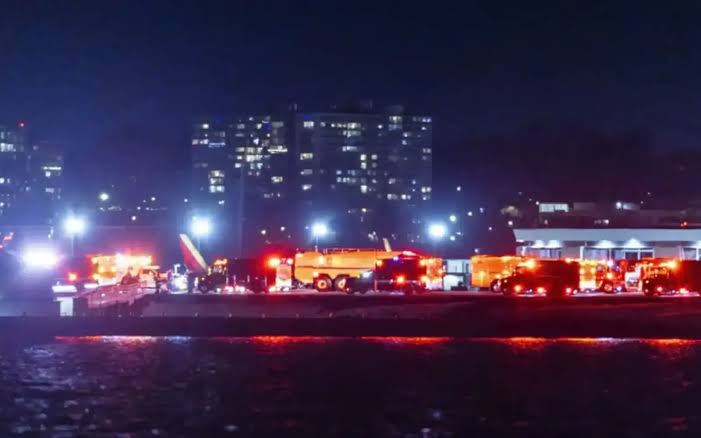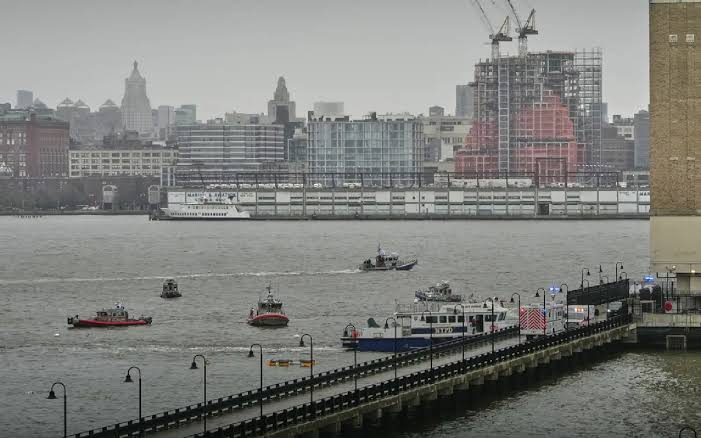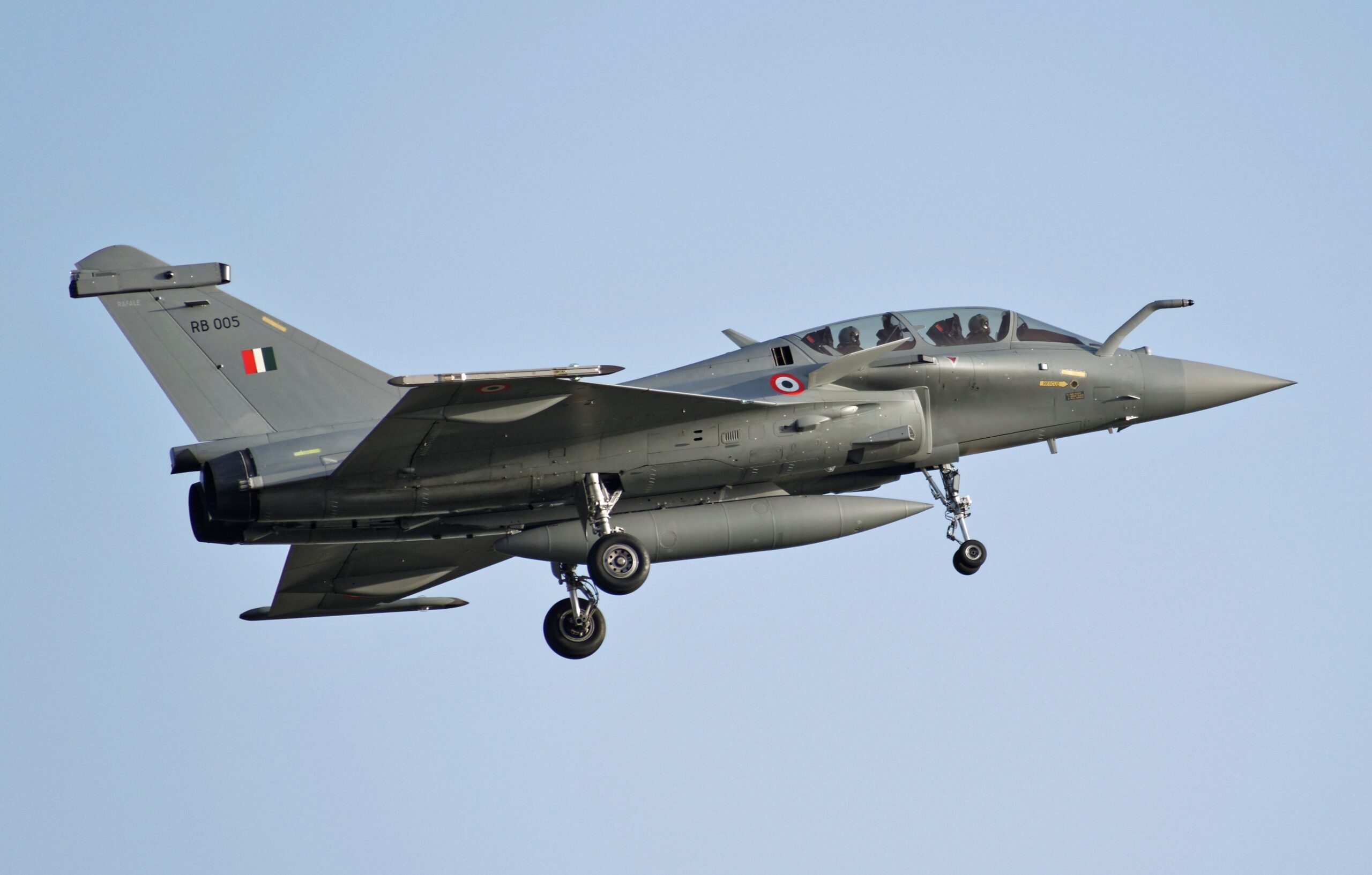On Thursday afternoon, a Bell 206 helicopter plunged into the Hudson River, prompting a massive response from marine patrol and rescue boats. The crash site near Manhattan’s West Side Highway and Spring Street was cordoned off by emergency vehicles, causing significant traffic delays in the vicinity of Pier 40. The NYPD issued an update via its official X account, warning commuters to avoid the area. New York City Mayor Eric Adams called the incident “heartbreaking and tragic.” Both CNN coverage and an ABC News report cited FlightRadar24 data showing the aircraft’s 15-minute flight before impact.

Preliminary analysis of the flight data recorder and cockpit voice recorder will help investigators determine whether a mechanical failure or engine performance issue contributed to the rotorcraft’s descent. Aviation meteorology experts will scrutinize weather conditions at the time, including possible wind shear and low visibility that can complicate flight operation. Air traffic control communications and the helicopter’s flight path may reveal critical clues about how the accident unfolded, as authorities sift through black box data and communication transcripts.
Sources tell ABC News that a Spanish family, including three children, was among the passengers listed on the manifest, alongside the pilot. Emergency medical services and air ambulance teams were dispatched to transport any survivors to a nearby trauma center, though all six occupants were tragically pronounced dead. In the aftermath, families will likely consult a personal injury lawyer or accident attorney to explore liability coverage and helicopter insurance claims. Such catastrophic events often highlight the importance of comprehensive family travel insurance and operator liability policies.
This is not the first time the Hudson River corridor has witnessed aerial disasters. In August 2009, a Piper PA‑32R‑300 Lance collided midair with a Eurocopter AS350 operated by Liberty Helicopter Sightseeing Tours. Nine people perished in that accident, spurring the FAA to tighten regulations on altitude separation and bolster pilot training standards for low‑altitude flights. The updated FAA regulations mandated specific flight corridors and reinforced safety protocols to reduce the risk of future midair collisions over busy waterways.
Another tragedy struck in March 2018, when a Eurocopter AS350B2 operated by FlyNYON crashed in the East River during a “doors‑off” open door flight. The operator’s decision to allow passengers without quick release harnesses led to five fatalities. Subsequent lawsuits alleged operator negligence and product liability against both the charter helicopter company and Airbus Helicopters. FlyNYON briefly suspended operations, and families eventually secured settlements that underscored the need for stricter tourism regulations for aerial sightseeing experiences.
In response to these accidents, the FAA issued advisories and airworthiness directives to improve regulatory compliance among tour operators. Currently, the NTSB investigation is underway, encompassing forensic analysis of wreckage and impact dynamics studies. Investigators will compile a preliminary report, while medical examiners prepare autopsy reports to identify any human factors or incapacitation. Aviation forensics teams will examine every component—from rotor blades to engine mounts—to reconstruct the sequence of events leading to the catastrophic crash.

Technical scrutiny extends to aircraft maintenance records and maintenance logs, ensuring airframe inspection procedures were followed. Experts will trace the supply chain for aviation parts and spare parts, verifying the provenance of critical components. Aerospace engineering consultants may compare design specifications from Bell Helicopter Textron and Airbus Helicopters to detect any deviations. By reviewing service bulletins and manufacturer guidelines, investigators aim to determine if overlooked maintenance tasks or substandard materials contributed to the helicopter’s failure.
Industry leaders are calling for enhanced aviation safety standards and a robust safety management system to mitigate risk management failures. Some experts suggest integrating advanced flight simulator sessions focused on emergency procedures for low‑altitude operations. Strengthening pilot training programs and helicopter safety protocols, such as mandatory simulator time for adverse weather scenarios, could reduce future mishaps. Airlines and tour operators alike must invest in continuous education to ensure flight crews are prepared to handle sudden mechanical or meteorological challenges.
Emergency preparedness plans are under review following this latest disaster. Coordination between marine patrol and harbor control units is essential for rapid deployment of rescue divers and sonar mapping equipment. Standardizing life jackets on all aerial tours and implementing underwater recovery protocols could save lives. Additionally, authorities may expand drone surveillance capabilities to provide real‑time aerial footage, supplementing CCTV coverage of waterfront areas. These measures aim to accelerate response times and improve situational awareness during maritime accidents.
The incident has dominated media coverage and social media response, with eyewitness testimony flooding platforms like X and Instagram. Official press releases from the NYPD and FAA outline ongoing investigations, while breaking news alerts inform commuters of detours. Crisis communication teams have been activated to manage public inquiries and maintain transparency. News outlets are analyzing legal precedents, comparing operator liability and regulatory oversight in previous cases to inform viewers about potential litigation and safety reforms.
Beyond the immediate human tragedy, the crash raises concerns about ecosystem impact and wildlife disturbance in the Hudson River. Authorities are monitoring fuel spills and debris to protect aquatic habitats. Community groups are advocating for stricter tourism regulations to balance economic benefits with public safety. Tour operator liability insurance requirements may be revised, while families seek more comprehensive travel insurance coverage. Long‑term environmental assessments will guide cleanup efforts and habitat restoration projects to preserve the river’s health.
As investigators continue to piece together the circumstances of this tragic Bell 206 helicopter accident, stakeholders across aviation, legal, and environmental fields will collaborate to strengthen safety nets. Lessons from the 2009 midair collision and 2018 East River crash have spurred regulatory enhancements, but this latest incident underscores the need for ongoing vigilance. With improvements in aircraft maintenance, emergency preparedness, and pilot training, the hope is that future flights over New York’s iconic waterways will remain both exhilarating and safe.




